Proof of Pythagorean Theorem
The proof of Pythagorean Theorem in mathematics is very important.
In a right angle, the square of the hypotenuse is equal to the sum of the squares of the other two sides.
States that in a right triangle that, the square of a (a2) plus the square of b (b2) is equal to the square of c (c2).
In short it is written as: a2 + b2 = c2
Let QR = a, RP = b and PQ = c. Now, draw a square WXYZ of side (b + c). Take points E, F, G, H on sides WX, XY, YZ and ZW respectively such that WE = XF = YG = ZH = b.
Then, we will get 4 right-angled triangle, hypotenuse of each of
them is ‘a’: remaining sides of each of them are band c. Remaining part of the
figure is the
Now, we are sure that square WXYZ = square EFGH + 4 ∆ GYF
or, (b + c)2 = a2 + 4 ∙ 1/2 b ∙ c
or, b2 + c2 +
or, b2 + c2 = a2
Proof of Pythagorean Theorem using Algebra:
Given: A ∆ XYZ in which ∠XYZ = 90°.To prove: XZ2 = XY2 + YZ2
Construction: Draw YO ⊥ XZ
Proof: In ∆XOY and ∆XYZ, we have,
∠X = ∠X → common
∠XOY = ∠XYZ → each equal to 90°
Therefore, ∆ XOY ~ ∆ XYZ → by AA-similarity
⇒ XO/XY = XY/XZ
⇒ XO × XZ = XY2 ----------------- (i)In ∆YOZ and ∆XYZ, we have,
∠Z = ∠Z → common
∠YOZ = ∠XYZ → each equal to 90°
Therefore, ∆ YOZ ~ ∆ XYZ → by AA-similarity
⇒ OZ/YZ = YZ/XZ
⇒ OZ × XZ = YZ2 ----------------- (ii)From (i) and (ii) we get,
XO × XZ + OZ × XZ = (XY2 + YZ2)
⇒ (XO + OZ) × XZ = (XY2 + YZ2)
⇒ XZ × XZ = (XY2 + YZ2)
⇒ XZ 2 = (XY2 + YZ2)
Conditions for the Congruence of Triangles
Right Angle Hypotenuse Side congruence
Converse of Pythagorean Theorem
7th Grade Math Problems
8th Grade Math Practice
From Proof of Pythagorean Theorem to HOME PAGE
Didn't find what you were looking for? Or want to know more information about Math Only Math. Use this Google Search to find what you need.
Recent Articles
-
Worksheet on Comparing and Ordering Decimals |Arranging Decimals
Apr 19, 25 12:16 PM
Practice different types of math questions given in the worksheet on comparing and ordering decimals. This worksheet contains questions mainly related to compare decimals and then place the decimals i… -
Comparison of Decimal Fractions | Comparing Decimals Numbers | Decimal
Apr 19, 25 11:47 AM
While comparing natural numbers we first compare total number of digits in both the numbers and if they are equal then we compare the digit at the extreme left. If they also equal then we compare the… -
Expanded form of Decimal Fractions |How to Write a Decimal in Expanded
Apr 19, 25 11:25 AM
Decimal numbers can be expressed in expanded form using the place-value chart. In expanded form of decimal fractions we will learn how to read and write the decimal numbers. Note: When a decimal is mi… -
Missing Numbers up to 10 | Worksheets on Missing Numbers up to 10
Apr 18, 25 04:53 PM
Printable worksheets on missing numbers up to 10 help the kids to practice counting of the numbers. -
Ordering Decimals | Comparing Decimals | Ascending & Descending Order
Apr 18, 25 01:49 PM
In ordering decimals we will learn how to compare two or more decimals. (i) Convert each of them as like decimals. (ii) Compare these decimals just as we compare two whole numbers ignoring
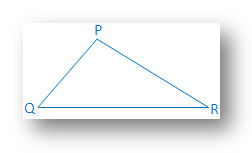
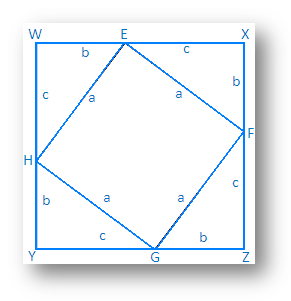
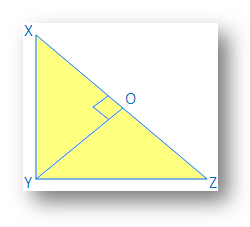

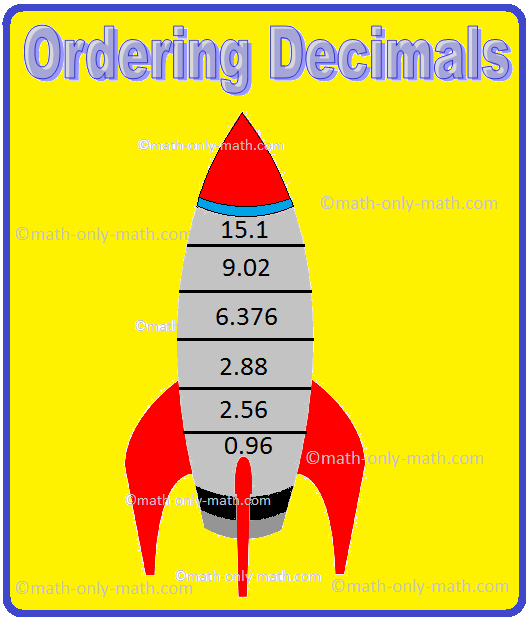

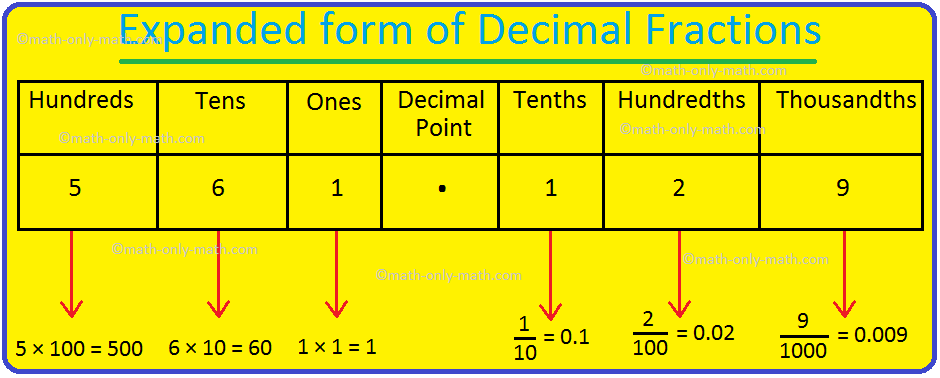


New! Comments
Have your say about what you just read! Leave me a comment in the box below. Ask a Question or Answer a Question.